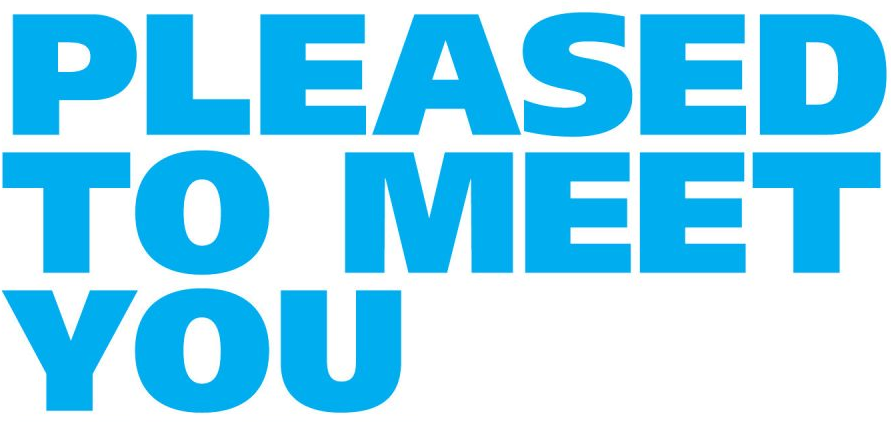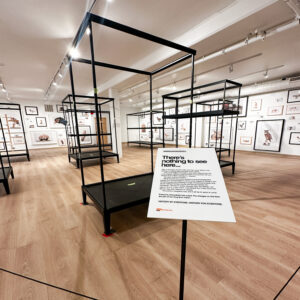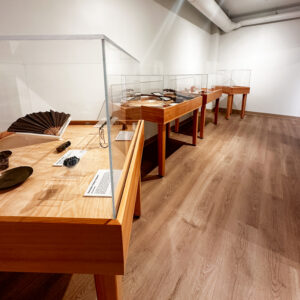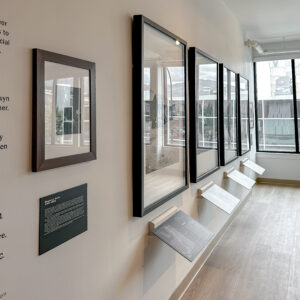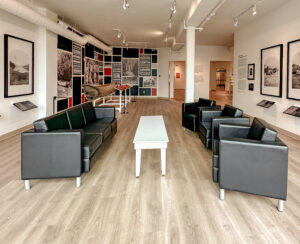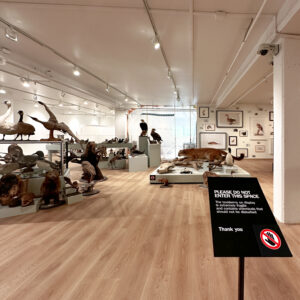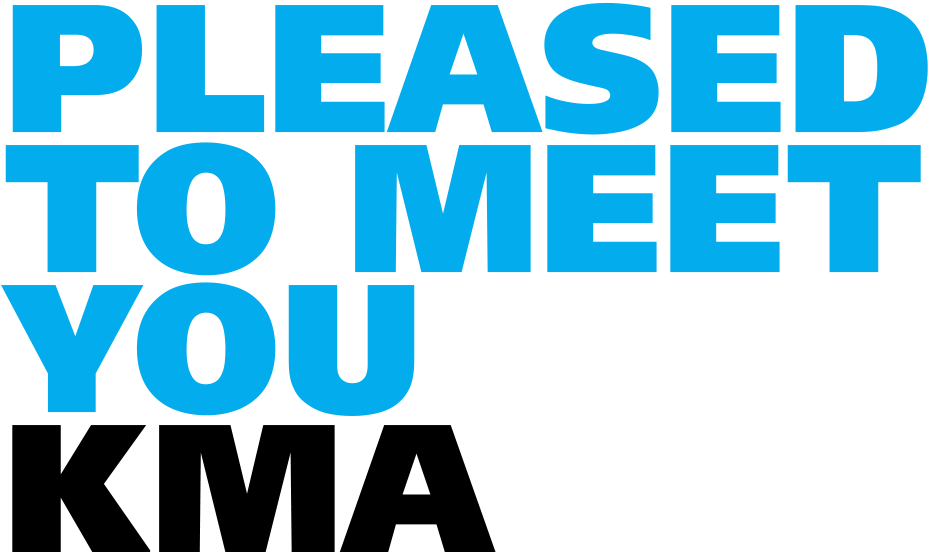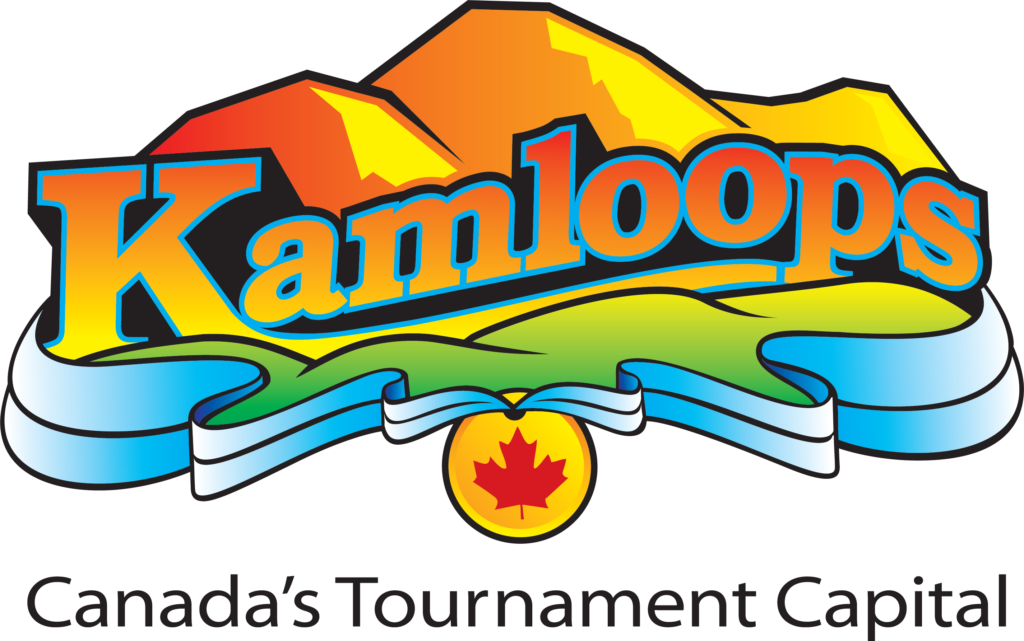RIVERPEOPLENATIONSTATEPEOPLE
KMA Photo 1469 (Detail): 1871, Portage, Upper Gate Murchison’s Rapids [Little Hell’s Gate]. Benjamin Baltzly photograph collection.
The Kamloops Museum and Archives operates as part of the City of Kamloops, on Tk̓emlúps te Secwe̓pemc territory within the traditional and unceded lands of Secwépemc Nation, Secwepemcúl’ecw.
-
Museum Hours
Tuesday - Saturday: 9:30am - 4:30pm
Sunday & Monday: Closed -
Archive Hours
Tuesday - Friday: 1:15pm - 4:00pm
Saturday: By Appointment
Sunday & Monday: Closed
Permanent Exhibition | Third Floor
riverpeoplenationstatepeople
It is a distinctly cultural act to collect, organize and display history. There is no one way of doing it.
riverpeoplenationstatepeople is a strategy for sharing history in a way that is more transparent, inclusive and critical-minded. As we begin to adjust existing displays and introduce new content, where possible, the KMA will show how we found and organized the information you see. We will point questions and challenges at our own materials, admitting what we don’t have and what we don’t know.
We will also work with cultural groups in the community to find ways to share unique features of heritage through the voices of those most invested. And we will attempt to identify the knowledge-making strategies used.
We want to open up the act of sharing cultural knowledge. Every day, Kamloops takes part in making multiple histories. The KMA wants to do the best job it can to preserve and present them.
riverpeoplenationstatepeople continues to develop in the spirit of collaboration. Thank you to Tania Willard (Secwépemc Nation), Secwépemc Museum and Heritage Park and Stk’emlupsemc te Secwépemc Nation for their contributions to the Secwépemc Cultural Production displays.
Contributing Exhibitions
As we adjust existing displays and introduce new content, the KMA will showcase how we discovered and organized the information. While additional artifacts may be included, these exhibitions are the primary contributors of the third floor if you’re looking for more information.
Explore riverpeoplenationstatepeople
Permanent display doesn’t mean forever. The KMA’s third floor displays is an ever-evolving series of exhibitions that reflect our shared and lived experience together as a community.
As the permanent displays have shifted and evolved we began with putting First Nations culture at the centre of foundational stories from this region. These practices and discourses have begun and will continue to extend through the permanent gallery. riverpeoplenationstatepeople signals a widened frame of reference, like the river itself, to understanding the many tributaries of regional histories and cultures.
Hover over the map to explore virtually or read more along the left side.
Secwépemc Artifacts
This section of the riverpeoplenationstatepeople exhibition is currently in transition. The Kamloops Museum and Archives are collaborating Tkʼemlúps te Secwépemc to identify additional research and learning that must occur to ensure cultural belongings are being cared for and presented respectfully and properly.
The Kamloops Museum and Archives appreciate your patience.
Please get in touch with museum@kamloops.ca for updates on the progress of the KMA’s repatriation, research, and consultation.
KMA Taxidermy Collection
A large feature of the riverpeoplenationstatepeople permanent exhibition is the KMA’s considerable collection of taxidermy to explore ideas and values that inform the practice of preparing, stuffing and mounting the skins of animals.
Many of the pieces showcased here were originally part of the Still Life exhibition.
Kamloops Chinese Artifacts
The Kamloops Chinese Freemason’s Association and the Kamloops Chinese Cultural Association have collaborated with the Kamloops Museum and Archives to identify, curate, and catalogue a number of artifacts uncovered during road construction on the west end of Victoria Street, the former location of Kamloops’ Chinatown.
This display features artifacts chronicling Chinese contributions to Kamloops’ cultural life, including the construction of the CP Railway, first seen by the public in our Lunar New Year exhibition.
Benjamin Baltzly Photographs
In 1871, British Columbia joined Canada, lured by the promise of a transcontinental railway. Photographer Benjamin F. Baltzly documented the landscape during an expedition led by Alfred Selwyn to survey potential routes. His photos, now on display in the riverpeoplenationstatepeople exhibition, capture early images of BC’s interior and reflect the colonial vision of the West as an untouched wilderness ready for settlement.
These photos were originally showcased in the exhibition Interior Monologue: Benjamin Baltzly and the Geological Survey of BC.
Conversation Convergence Space
With comfortable chairs, soft lighting, and an atmosphere that is warm and conducive to open discussion. Whether you’re here for a meeting, a casual chat, book club, or a group project, this space is where diverse perspectives come together, creating a unified understanding and driving effective problem-solving.
Everyone is welcome here.
Mr. Moose
Mr. Moose is an iconic part of the Kamloops Museum’s history. Once the mascot of the Children’s programming, the full-sized taxidermy moose now has a permanent place on the third floor.
Coming Soon
The riverpeoplenationstatepeople exhibition is continually evolving through collaboration. Consequently, parts of the third floor are often in a state of flux.
As our team continues to curate different items for this exhibition, these spaces will be activated.
Taxidermy Prep Area
Restoring old taxidermy at the KMA balances preservation and authenticity. Many historic mounts were treated with harmful chemicals like arsenic and mercury. Our process focus preserving the piece’s integrity. However, mounts showing natural aging, such as fading colours or minor wear, will remain untouched to honour their historical journey and maintain authenticity.
Under Construction
The riverpeoplenationstatepeople exhibition is continually evolving through collaboration. Consequently, parts of the third floor are often in a state of flux. As our team refurbishes the KMA’s taxidermy collection, the far side of the exhibition is currently viewable, though still in progress, from a safe distance.
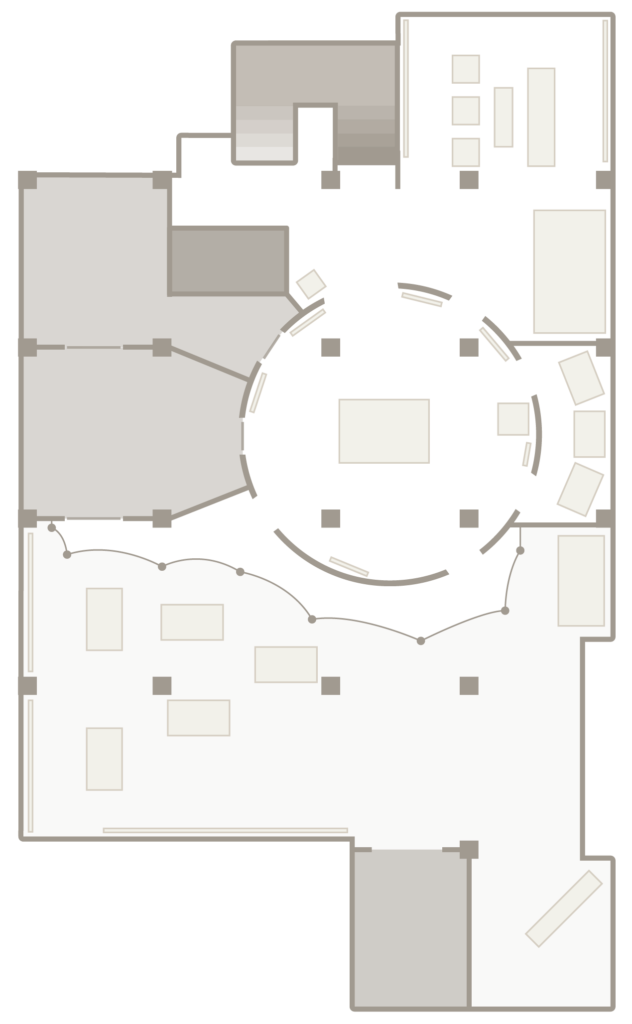
This section of the riverpeoplenationstatepeople exhibition is currently in transition. The Kamloops Museum and Archives are collaborating Tkʼemlúps te Secwépemc to identify additional research and learning that must occur to ensure cultural belongings are being cared for and presented respectfully and properly.
The Kamloops Museum and Archives appreciate your patience.
Please get in touch with museum@kamloops.ca for updates on the progress of the KMA's repatriation, research, and consultation.
KMA Taxidermy Collection
A large feature of the riverpeoplenationstatepeople permanent exhibition is the KMA’s considerable collection of taxidermy to explore ideas and values that inform the practice of preparing, stuffing and mounting the skins of animals.
Many of the pieces showcased here were originally part of the Still Life exhibition.
Mr. Moose
Mr. Moose is an iconic part of the Kamloops Museum's history. Once the mascot of the Children's programming, the full-sized taxidermy moose now has a permanent place on the third floor.
Kamloops Chinese Artifacts
The Kamloops Chinese Freemason’s Association and the Kamloops Chinese Cultural Association have collaborated with the Kamloops Museum and Archives to identify, curate, and catalogue a number of artifacts uncovered during road construction on the west end of Victoria Street, the former location of Kamloops’ Chinatown.
This display features artifacts chronicling Chinese contributions to Kamloops’ cultural life, including the construction of the CP Railway, first seen by the public in our Lunar New Year exhibition.
Benjamin Baltzly Photographs
In 1871, British Columbia joined Canada, lured by the promise of a transcontinental railway. Photographer Benjamin F. Baltzly documented the landscape during an expedition led by Alfred Selwyn to survey potential routes. His photos, now on display in the riverpeoplenationstatepeople exhibition, capture early images of BC's interior and reflect the colonial vision of the West as an untouched wilderness ready for settlement.
These photos were originally showcased in the exhibition Interior Monologue: Benjamin Baltzly and the Geological Survey of BC.
Conversation Convergence Space
With comfortable chairs, soft lighting, and an atmosphere that is warm and conducive to open discussion. Whether you're here for a meeting, a casual chat, book club, or a group project, this space is where diverse perspectives come together, creating a unified understanding and driving effective problem-solving.
Everyone is welcome here.
The riverpeoplenationstatepeople exhibition is continually evolving through collaboration. Consequently, parts of the third floor are often in a state of flux.
As our team continues to curate different items for this exhibition, these spaces will be activated.
The riverpeoplenationstatepeople exhibition is continually evolving through collaboration. Consequently, parts of the third floor are often in a state of flux.
As our team continues to curate different items for this exhibition, these spaces will be activated.
Soon
The riverpeoplenationstatepeople exhibition is continually evolving through collaboration. Consequently, parts of the third floor are often in a state of flux.
As our team continues to curate different items for this exhibition, these spaces will be activated.
Prep Area
Restoring old taxidermy at the KMA balances preservation and authenticity. Many historic mounts were treated with harmful chemicals like arsenic and mercury. Our process focuses preserving the piece's integrity. However, mounts showing natural aging, such as fading colours or minor wear, will remain untouched to honour their historical journey and maintain authenticity.
The riverpeoplenationstatepeople exhibition is continually evolving through collaboration. Consequently, parts of the third floor are often in a state of flux. As our team refurbishes the KMA's taxidermy collection, the far side of the exhibition is currently viewable, though still in progress, from a safe distance.
All floors of the Kamloops Musteam and Archives, including the Children's Museum, are fully accessible by an elevator.
